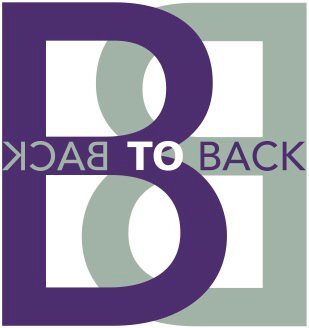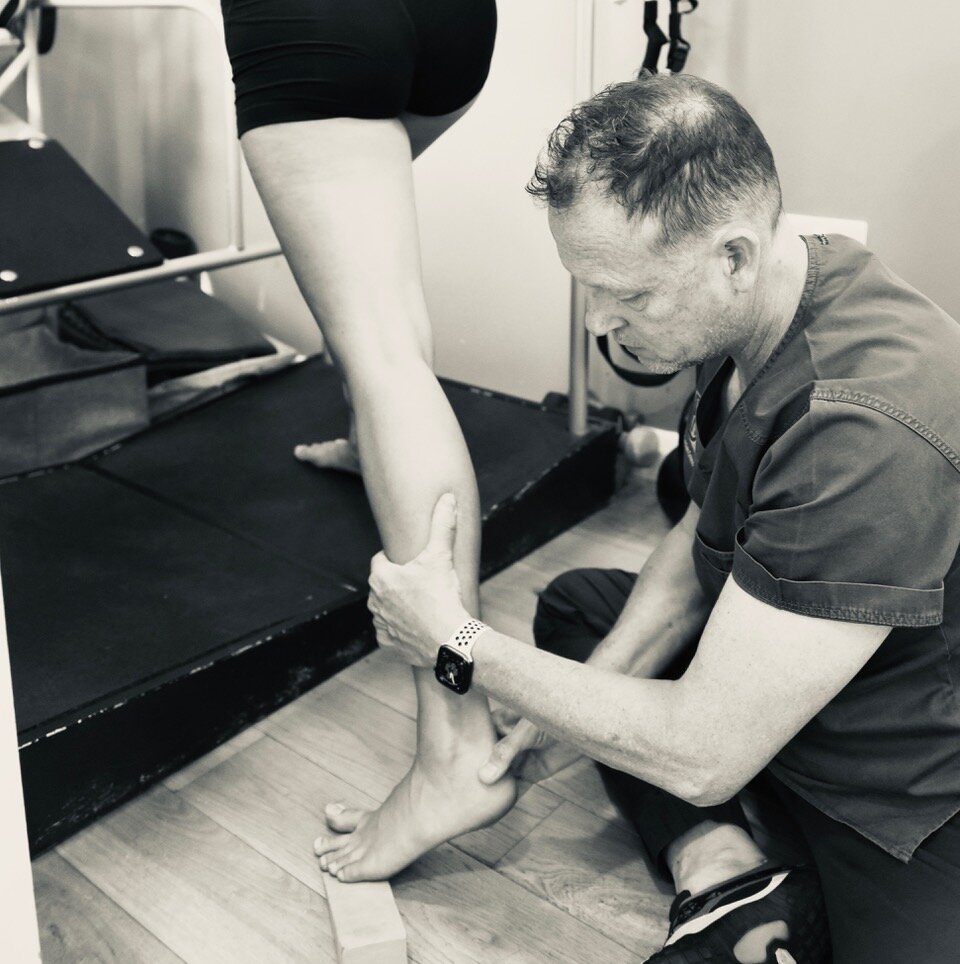Syndesmosis injuries are often missed and why…
Syndesmosis injuries do happen and they probably happen more than we think. They are often missed and are treated as a ‘normal’ lateral ankle sprain.
Anatomy
You have two bones in your lower leg, the tibia and the fibula. The point just above the ankle where these two bones meet is called the syndesmosis. The tibiofibular syndesmosis is a fibrous joint joining the fibula to the tibia and stabilized by four lateral ligaments: the anterior inferior tibiofibular ligament (AITFL), the interosseous ligament (IOL), the transverse ligament (TL), and the posterior inferior tibiofibular ligament (PITFL)
An ankle syndesmosis injury is often called a ‘high’ ankle injury or sprain. It can be missed in the early stages as the amount of pain and swelling is not always proportionate or may not reflect the severity of the injury. Swelling can often be much less that the ‘normal’ ankle sprain. Remember ‘a simple ankle sprain’ is not always ‘a simple ankle sprain’.
Patients with a syndesmosis injury will describe a mechanism different to a lateral ankle sprain in that they did not roll over on their ankle. Pain is often felt above the lateral malleolus, but they may also feel medial ankle pain in a severe injury.
One of the most common mechanisms of this injury is with forced external rotation and dorsiflexion at the ankle. This is often with the foot caught on the floor and the knee is forced forwards and around.
Ankle Sydesmosis injury Classification
Grade I AITFL – an isolated injury
Grade II AITFL and interosseous injury
Grade III AITFL, PITFL and interosseous injury
Grade IIII AITFL, PITFL and interosseous injury as well as the deltoid ligament.
With grade I injuries, there is a degree of pain, but they are not unstable and can be managed in a way similar to that of a grade I MCL injury with strapping and a short period off sport.
Grade II requires experience to differentiate between a stable and unstable. Grade III and above is normally managed with surgical intervention.
Tests
Reliable tests for syndesmosis injuries are a few, but the most sensitive is the hop test.
Others are ‘knee to wall’ test, ‘Dorsiflexion/external rotation’ test, palpation of the ligaments, ‘squeeze test’, ‘fibular translation’ test and ‘anterior draw’ test. Remember that no test in isolation is good enough for diagnosis.
Acute Management
I am not going into the treatment of this sort of injury, but great advice that seems to be consistent with some experts is to put people into a boot when you suspect a syndesmosis injury. This immobilises the ankle and you can modify weight bearing for the first 24-48 hours. This just gives this area a chance to calm before treatment commences. This improves the reliability of the examination by waiting for the initial pain and inflammation to settle. A management plan can then be made.
Treatment must also involve the rest of the body, not just the poorly ankle. Integration of the knee and hip along with the rest of the body encourages better and faster return to sport.
Further Reading
https://www.ncbi.nlm.nih.gov/pmc/articles/PMC4128849/
https://www.ncbi.nlm.nih.gov/pmc/articles/PMC4094093/
https://www.ncbi.nlm.nih.gov/pubmed/26725452
https://www.ncbi.nlm.nih.gov/pmc/articles/PMC5370648/
If you are struggling with an ankle injury – get it properly assessed and treated. If you would like to see one of our sports osteopaths, call 020 8605 2323.

